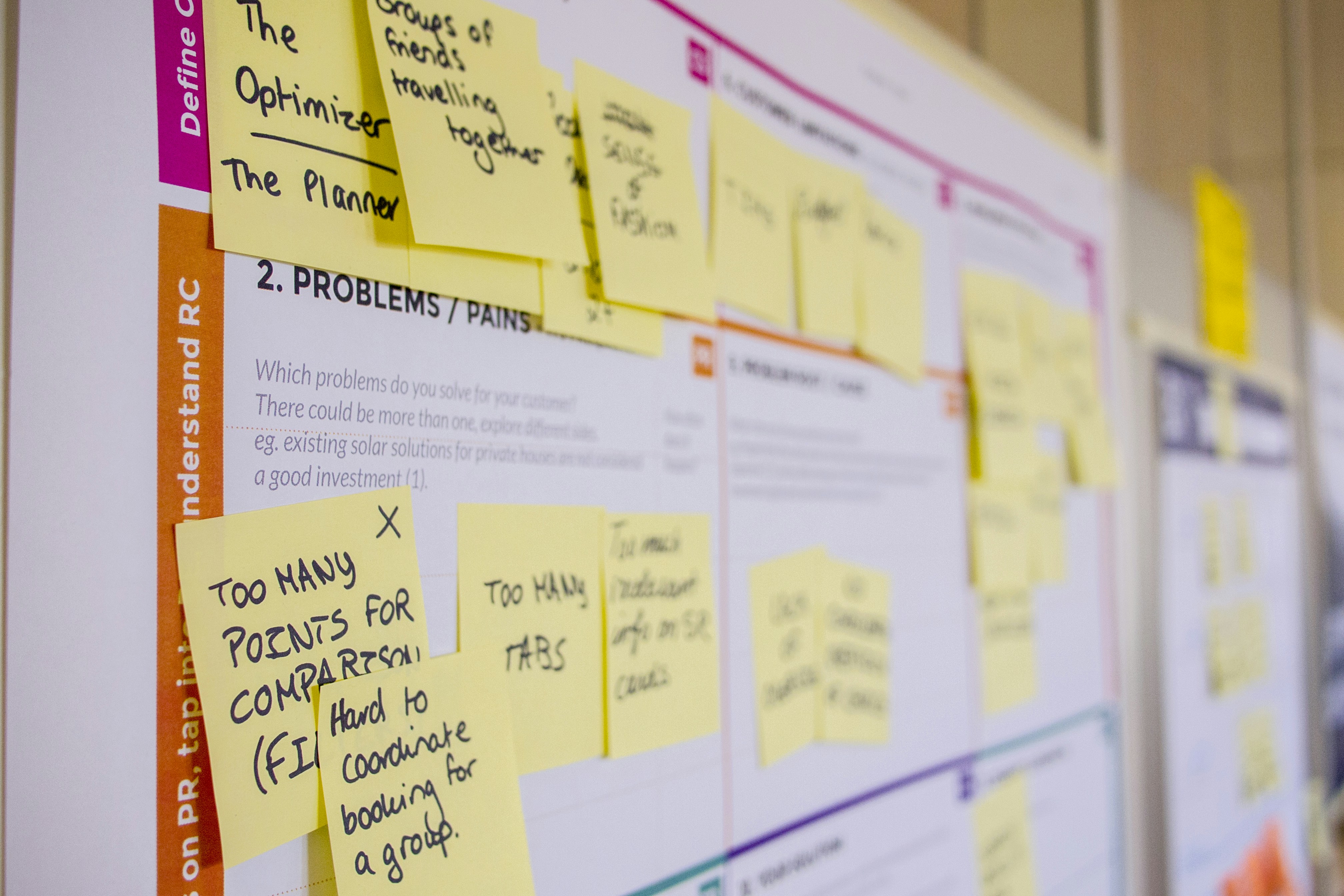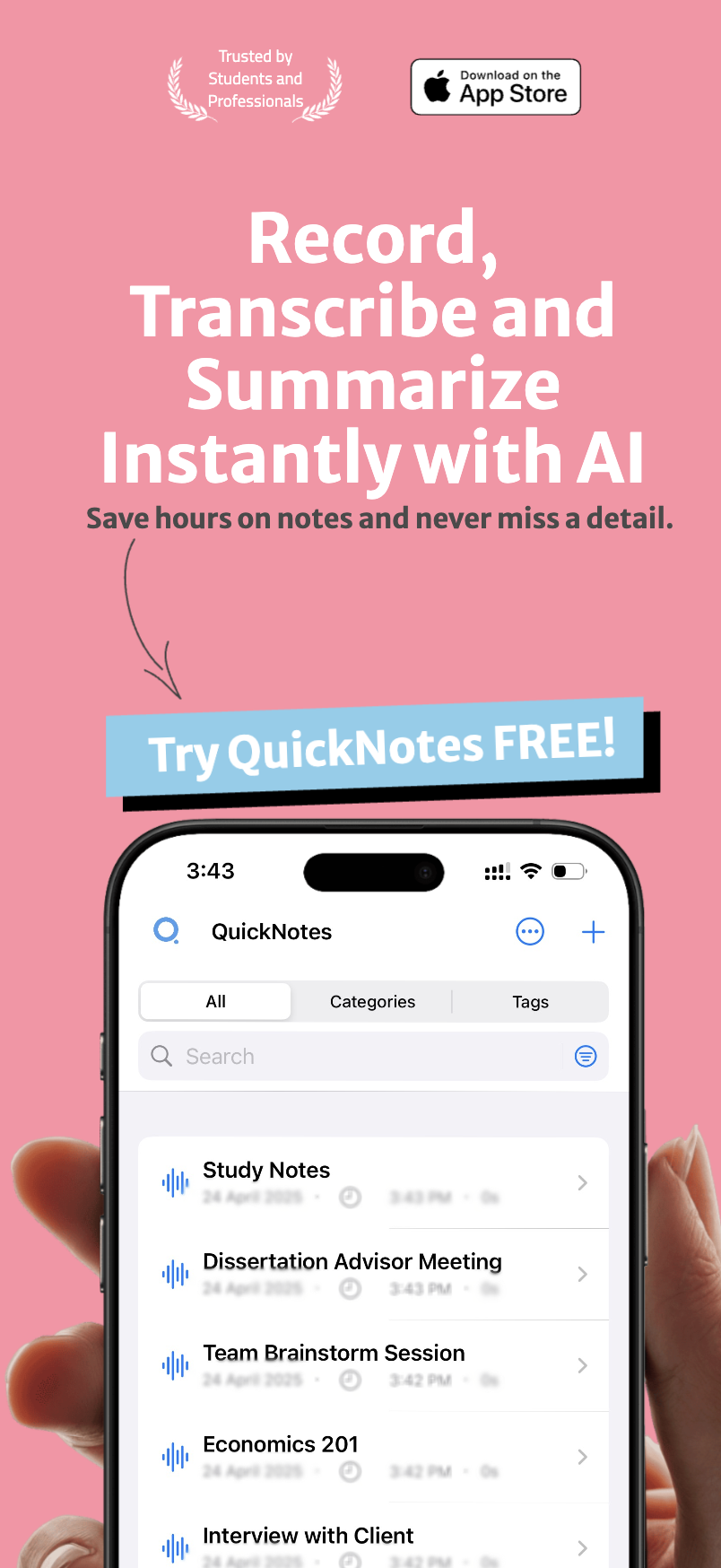Have you ever crammed for an exam the night before, only to forget most of the material a week later? Or spent hours re-reading textbook chapters, highlighting key passages, yet struggled to recall crucial information when it mattered most? You're not alone—and there's a better way.
Table of Contents
- The Problem with Traditional Studying
- Cramming: The Illusion of Learning
- The Forgetting Curve
- What Is Spaced Repetition?
- The Basic Schedule
- The Science Behind Spaced Repetition
- The Spacing Effect
- Retrieval Practice
- Neurobiological Basis
- Implementing Spaced Repetition in Your Studies
- Approach 1: The Analog Method
- Approach 2: Digital Solutions
- Approach 3: The Cornell Method + Spaced Reviews
- Best Practices for Effective Spaced Repetition
- 1. Focus on Active Recall
- 2. Keep Cards and Questions Atomic
- 3. Prioritize Difficult Material
- 4. Use Rich Encoding
- 5. Be Consistent
- Spaced Repetition for Different Subjects
- Languages
- Mathematics
- Sciences
- Social Sciences and Humanities
- Overcoming Common Challenges
- Challenge: "I don't have time for daily reviews."
- Challenge: "I forget to do my reviews."
- Challenge: "Creating cards takes too much time."
- The Long-Term Benefits
- Cumulative Knowledge Building
- Reduced Test Anxiety
- More Efficient Learning
- Conclusion: A Small Change with Enormous Impact
- You Might Also Like
Enter spaced repetition: a learning technique that leverages the psychological spacing effect to hack your memory's natural functioning. It's not just another study tip—it's a scientifically validated method that can dramatically improve your long-term retention while potentially cutting your total study time.
The Problem with Traditional Studying#
Before diving into spaced repetition, let's identify why traditional study methods often fail us:
Cramming: The Illusion of Learning#
Cramming—intensively studying material in a single session—creates an illusion of mastery. The information seems clear and accessible in the moment, but this apparent fluency is misleading. Research consistently shows that cramming leads to rapid forgetting, with most information lost within days or even hours.
The Forgetting Curve#
In the late 19th century, German psychologist Hermann Ebbinghaus discovered what he called the "forgetting curve." His research showed that memory retention decreases at an exponential rate—we forget roughly 70% of what we learn within 24 hours without reinforcement.
This rapid forgetting occurs because our brains are designed to be efficient. Information that isn't accessed or reinforced is deemed unimportant and pruned away to conserve mental resources.
"The problem is not that you forget. The problem is that you don't forget strategically." — Dr. Barbara Oakley, author of "A Mind for Numbers"
What Is Spaced Repetition?#
Spaced repetition is a learning technique that incorporates increasing intervals of time between subsequent reviews of previously learned material. Instead of studying something once and moving on (or cramming multiple reviews into a single session), you revisit the material at systematically spaced intervals.
The core principle is simple: review information just as you're about to forget it. By timing your reviews to coincide with the moment when retrieval requires effort (but is still possible), you strengthen the neural pathways associated with that memory.
The Basic Schedule#
A simple spaced repetition schedule might look like this:
- First review: Same day as learning
- Second review: 1 day after learning
- Third review: 3 days after learning
- Fourth review: 1 week after learning
- Fifth review: 2 weeks after learning
- Sixth review: 1 month after learning
The Science Behind Spaced Repetition#
Spaced repetition isn't just a clever hack—it's grounded in cognitive science and neurobiology:
The Spacing Effect#
The spacing effect, first documented by Ebbinghaus, demonstrates that learning is more effective when study sessions are spaced out over time rather than concentrated in a single session. This effect has been replicated in hundreds of studies across diverse learning contexts.
Retrieval Practice#
When you try to recall information after a delay, the act of retrieval itself strengthens memory—much more than simply re-reading or reviewing the material. This "testing effect" or "retrieval practice" creates stronger, more accessible memory traces.
Neurobiological Basis#
At the cellular level, spaced learning triggers more efficient consolidation processes. Research shows that spaced repetition leads to more robust protein synthesis—a key mechanism in long-term potentiation, the cellular basis of memory formation.
By aligning your study schedule with these biological processes, you're essentially "speaking your brain's language," making learning more efficient and durable.
Implementing Spaced Repetition in Your Studies#
Approach 1: The Analog Method#
You don't need specialized tools to get started with spaced repetition. The Leitner System, developed in the 1970s, uses physical flashcards organized into boxes representing different review intervals.
Cards you answer correctly move to boxes with longer review intervals, while cards you miss move back to more frequently reviewed boxes. This simple system effectively implements the core principles of spaced repetition.
Approach 2: Digital Solutions#
Digital tools can make spaced repetition even more powerful by automating the scheduling process and optimizing intervals based on your performance. Apps like QuickNotes offer built-in spaced repetition features that make implementation effortless.
I've personally found QuickNotes' approach particularly effective because it integrates spaced repetition directly with my note-taking workflow. Instead of creating separate flashcards, I can simply tag key concepts or questions in my notes for spaced review. The app then schedules these items for review at optimal intervals, sending me notifications when it's time to strengthen a memory.
Approach 3: The Cornell Method + Spaced Reviews#
The Cornell Note-Taking System naturally complements spaced repetition. By formatting your notes with questions in the left margin and answers in the main section, you create built-in retrieval practice opportunities. Simply cover the answers and test yourself at increasing intervals.
Best Practices for Effective Spaced Repetition#
1. Focus on Active Recall#
Spaced repetition is most effective when combined with active recall—testing yourself rather than passively reviewing information. Each review session should involve retrieving information from memory, not just re-reading notes or flashcards.
2. Keep Cards and Questions Atomic#
Break complex topics into smaller, focused questions or prompts. Each card or review item should test a single concept or fact, making it easier to identify specific knowledge gaps.
3. Prioritize Difficult Material#
Allocate more review time to challenging material. Many digital spaced repetition systems, including QuickNotes, allow you to manually adjust review intervals for items you find particularly difficult.
4. Use Rich Encoding#
Enhance memory formation by incorporating multiple modalities in your learning materials. Add images, diagrams, mnemonics, or real-world examples to create richer, more interconnected memories.
5. Be Consistent#
The power of spaced repetition comes from consistency. Set aside short, daily review sessions rather than skipping days and trying to catch up with longer sessions.
Spaced Repetition for Different Subjects#
Languages#
Spaced repetition shines for vocabulary acquisition. Create cards with words or phrases in the target language on one side and their meaning on the other. Include example sentences to provide context and improve recall.
Mathematics#
Rather than reviewing formulas passively, create problem-based cards that require you to apply formulas to specific scenarios. After attempting to solve the problem, check your work against the solution.
Sciences#
Break down complex processes into step-by-step sequences. For each step, create a card that asks what happens next. This approach helps build a coherent mental model of scientific processes.
Social Sciences and Humanities#
Create cards that test your understanding of key concepts, theories, and their relationships. Instead of memorizing definitions verbatim, focus on explaining ideas in your own words.
I've found that QuickNotes' AI summarization feature is particularly helpful for humanities subjects. It helps me extract key points from dense readings, which I can then convert into spaced repetition prompts that test my understanding of the main arguments and evidence.
Overcoming Common Challenges#
Challenge: "I don't have time for daily reviews."#
Solution: Start small—even 5-10 minutes of daily review can make a significant difference. Use "dead time" like commutes or waiting in line for quick review sessions. Apps like QuickNotes make this easy with mobile accessibility and brief, focused review sessions.
Challenge: "I forget to do my reviews."#
Solution: Set up reminders or notifications to prompt your review sessions. Digital tools like QuickNotes can automatically notify you when items are due for review. Alternatively, anchor your review habit to an existing daily routine, such as reviewing cards while having morning coffee.
Challenge: "Creating cards takes too much time."#
Solution: Create cards as you learn, not afterward. Make card creation part of your initial note-taking process. The QuickNotes app streamlines this by letting you highlight text and instantly convert it to a review item with a single tap.
The Long-Term Benefits#
Adopting spaced repetition doesn't just help you pass the next exam—it transforms your entire relationship with learning:
Cumulative Knowledge Building#
Because information is retained long-term, you can continuously build on your knowledge rather than constantly relearning forgotten material. This cumulative effect becomes increasingly powerful over time.
Reduced Test Anxiety#
With regular, spaced reviews, your knowledge becomes more secure and accessible. This confidence can significantly reduce test anxiety, as you know the information is firmly encoded in long-term memory.
More Efficient Learning#
Although spaced repetition requires consistent effort, the total time spent studying often decreases compared to traditional methods. You waste less time reviewing material you already know well or relearning forgotten information.
Conclusion: A Small Change with Enormous Impact#
Spaced repetition isn't a study hack that promises miraculous results without effort. It's a scientifically-grounded approach that aligns your study habits with how your brain naturally learns and remembers.
The beauty of this technique lies in its simplicity and flexibility. You can implement it with nothing more than paper cards and a box, or leverage digital tools like QuickNotes that optimize the process with algorithms and convenient features.
Whether you're preparing for exams, learning a new language, or acquiring professional skills, spaced repetition can help you learn more effectively while studying more efficiently. It's not about studying harder—it's about studying smarter, in harmony with your brain's natural functioning.
Start small, be consistent, and watch as your ability to retain and recall information transforms. Your future self—the one who easily recalls information months after learning it—will thank you for making this simple but powerful change to your study routine.
You Might Also Like#

AI-Powered Summarization: Extract Key Insights Instantly
Learn how QuickNotes' AI summarization technology helps you extract key insights from lengthy recordings and transcriptions, saving time and improving information retention.

Organization and Tagging: A System for Effective Information Management
Learn how QuickNotes' powerful organization and tagging system helps you categorize, find, and utilize your notes and recordings effectively.

Multi-Language Transcription: Breaking Down Communication Barriers
Discover how QuickNotes' multi-language transcription capabilities can break down communication barriers and streamline global collaboration.

